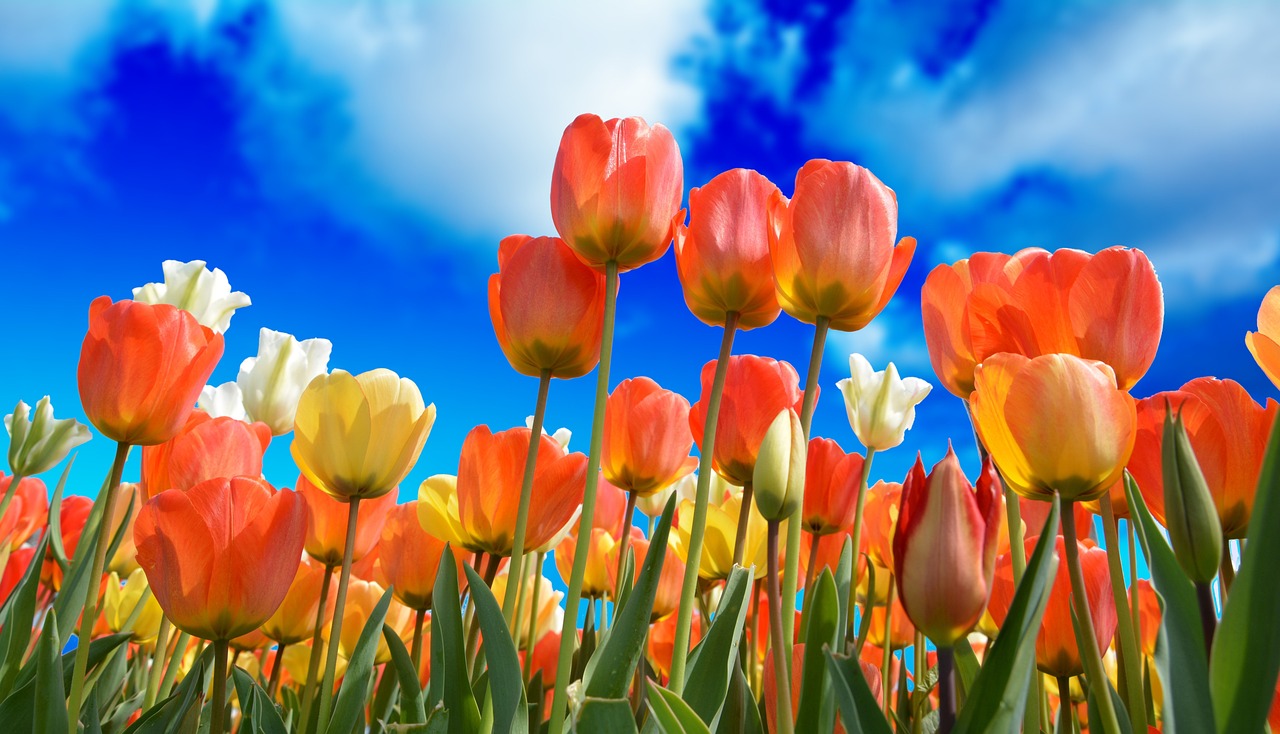Philosophers and researchers have long suggested that the change of seasons affects the human mind.
For example, the father of medicine, Hippocrates, made the critical connection between mood and season (Ziboorg, 1941, as cited by Eastwood and Peter, 1988).
In years since these early musings, the world of psychology has advanced and given the phenomenon a place in the Diagnostic and Statistical Manual of Mental Disorders, Fifth Edition (DSM-V). Dubbed Seasonal Affective Disorder (SAD) is best known for its depressive symptoms that occur during the winter months and is commonly called the winter blues. For a portion of the population, however, winter isn’t the only season that can affect our moods.
The causes of SAD, whether winter-related or summer based, are unknown. Research points to circadian rhythms, light exposure, and melatonin production as potential links to the mysterious illness.
In some, the mood disturbance can result in mania, insomnia, and excitability, while others mirror the winter symptoms (known as summer depression).
Wehr et al. ( 2001) studied the biological changes that occur during a seasonal transition, specifically related to individuals with SAD. They found that participants with SAD symptoms generated a biological signal of change, but the change didn’t happen in healthy subjects (Wehr et al., 2001). They cautioned that this finding, while interesting, does not prove causality. They posit that more exposure to natural light could increase this response among individuals with SAD symptoms (Wehr et al., 2001).
The long days of summer, coupled with heat and allergies, resulted in lower mood among Amish populations, researchers Aram et al. (2019) found in their study. Specifically, they found that on high pollen days, there was a big difference in lowered mood among individuals with a summer-based pattern of worsening mood (Akram, 2019).
A small portion of the population reports suffering from summer blues or summer depression, but among them, the effects can be significant. Loss of interest, less social interaction, and troubled eating and sleeping patterns can make everyday life difficult (NIMH, n.d.).
As Spring approaches and longer, warmer days seem close at hand, it can be essential to monitor feelings – it can also be an excellent time to get a mental check-up. For more information on how Breathe Easy Therapy Services can help, visit us here.
References
Akram, F., Jennings, T. B., Stiller, J. W., Lowry, C. A., & Postolache, T. T. (2019). Mood Worsening on Days with High Pollen Counts is associated with a Summer Pattern of Seasonality. Pteridines, 30(1), 133–141. https://doi.org/10.1515/pteridines-2019-0016
Eastwood, M., & Peter, A. (1988). Epidemiology and seasonal affective disorder. Psychological Medicine, 18(4), 799-806. doi:10.1017/S0033291700009727
National Institute of Mental Health. (n.d.) Seasonal Affective Disorder. https://www.nimh.nih.gov/health/publications/seasonal-affective-disorder#part_6692
Wehr TA, Duncan WC, Sher L, et al. (2001) A Circadian Signal of Change of Season in Patients With Seasonal Affective Disorder. Arch Gen Psychiatry. 58(12):1108–1114. doi:10.1001/archpsyc.58.12.1108





